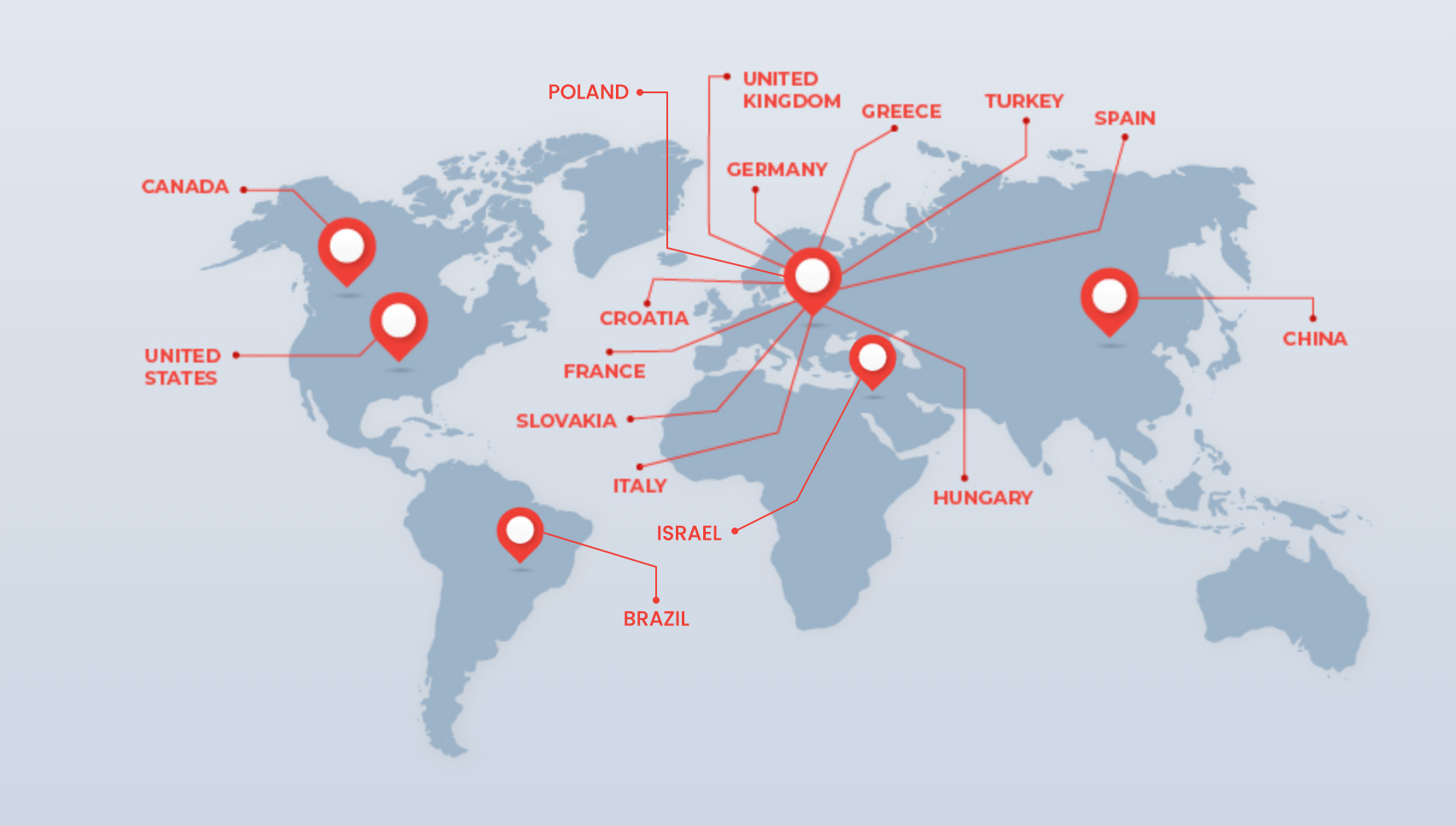Clinical trials play a pivotal role in advancing medical research, offering cancer patients access to cutting-edge treatments and contributing to better treatment options for future generations. However, despite their significance, clinical trial participation remains strikingly low, particularly among minority groups. According to recent studies, only about 3-5% of adults with cancer participate in clinical trials, with minority groups continuing to be underrepresented.
A significant barrier to clinical trial participation includes challenges like lack of awareness, logistical issues, financial constraints, and personal commitments. These barriers often prevent patients from considering clinical trials as viable treatment options. This is where patient navigators come into play, serving as a key strategy to reduce these obstacles and improve trial enrollment, particularly for underserved populations.
The Power of Patient Navigation in Clinical Trials
A Study to Test Patient Navigation’s Effectiveness
A groundbreaking study at Johns Hopkins Sidney Kimmel Comprehensive Cancer Center (SKCCC) aims to test the effectiveness of patient navigators in increasing enrollment into therapeutic cancer clinical trials. This randomized controlled trial (RCT) explores whether high-intensity patient navigation (which includes educational materials, needs assessments, and regular follow-ups) is more effective in boosting trial enrollment than low-intensity navigation, which primarily involves providing educational materials.
Key Findings So Far
- Low-intensity navigation: Patients receive only patient education materials and monthly follow-up calls.
- High-intensity navigation: Patients receive personalized assistance, including a needs assessment and biweekly follow-ups to identify and address any barriers to clinical trial participation.
- Lack of awareness: Patient navigators provide clear, easy-to-understand information about clinical trials, helping patients make informed decisions.
- Financial concerns: Navigators help connect patients with financial assistance resources, reducing the burden of trial-related costs.
- Transportation and logistical issues: Navigators assist in arranging transportation, ensuring patients can attend their trial appointments.
In some studies, patient navigators have helped achieve clinical trial enrollment rates as high as 95%, with minority populations showing notable increases in participation.
How Patient Navigation Helps Overcome Barriers
2. Tailored Support
For minority populations, trust in the healthcare system is a significant factor in clinical trial participation. Patient navigators, often from similar communities or backgrounds, can bridge cultural gaps and provide a level of understanding and trust that enhances patient participation.
Positive Outcomes of Patient Navigation
In addition to increasing enrollment, patient navigation has also improved patient satisfaction. Patients enrolled in trials with the support of navigators report greater confidence in their decisions and reduced decision regret, particularly when navigating the complex and sometimes overwhelming process of clinical trial participation.
Patient navigation is essential in improving clinical trial access, especially for underserved populations. In rare disease clinical trials, patient navigators are mission-critical—they simplify the process, bridge gaps, protect investments, and enhance retention.
Reference: https://pmc.ncbi.nlm.nih.gov/articles/PMC12317281/


